
Following the publication of the Panama Papers by the International Consortium of Investigative Journalists, its founder, Charles Lewis, said in The Guardian that the future of journalism is “collaboration, collaboration, collaboration”. According to Lewis,” the crucial concept of public accountability cannot and should not be narrowly confined by local or national borders, or the rigid structures, orthodoxies, conceits and insecurities of traditional journalism”.
Meanwhile, Dale Peskin, Co-director of The Media Center (The American Press Institute) has stated that, in traditional journalism, access to information has been a privilege of powerful institutions. Peskin considers that ordinary citizens “empowered by digital technologies that connect knowledge throughout the globe, are contributing to and participating in their own truths, their own kind of news.”
It is difficult to define what journalism is, let alone what traditional journalism is, if digital technologies enable or limit citizens in construction of 'the truth' and if so, how they do it. It is difficult to imagine what the future of journalism might be, if indeed it has a future. There is talk of 'participatory’ or 'participated’ journalism and 'citizen journalism' when there is less mediation. There is talk of journalism à la carte when readers personalise their news portal or when the system uses a new algorithm to prioritise publications. There is even more talk of 'digital journalism' and 'data journalism'. The latest is ‘leak journalism’. And then it will be 'drone journalism' or 'sensors journalism'! It is never ending.
At Goteo we are currently carrying out crowdfunding campaigns for journalistic, social, communication or technological projects. These aim to facilitate the transmission of information, or to create tools with which individuals may find the truth and/or transform their environment. Some of these projects arise within a community or group, from the source of information itself and thereby do away with the need for mediation. They provide objective, plural, well-informed and rigorous analysis. They document data, testimonies and graphic materials. They personalise a story giving voice to a group or community.
These projects, now campaigning, follow a new trend in communication initiatives using participatory funding models with returns for communities, as happened with Goteo’s previous campaigns, Diagonal and CTXT not long ago.
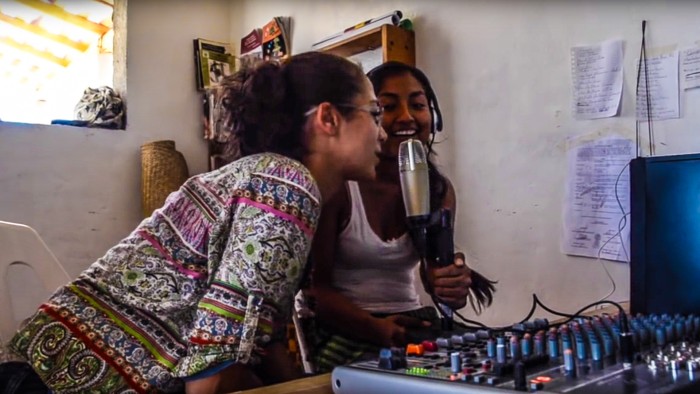 Direct local-impact, unmediated journalism is practised by Zapata Radio 94.1 FM, the community radio of the Na'Savi and Me'pháá peoples in the Montaña Region of the State of Guerrero, Mexico. This station used to broadcast to 21 municipalities and it was key to the organisation and defence of the community and in disseminating and revitalising indigenous language and culture. However, in June 2015 tropical storm Carlos destroyed its facilities and it is now vital to restore them and renew broadcasting, which will be streamed and heard in "all regions, countries and geographies," as Radio Zapata say in their Goteo campaign, which is closing today.
Direct local-impact, unmediated journalism is practised by Zapata Radio 94.1 FM, the community radio of the Na'Savi and Me'pháá peoples in the Montaña Region of the State of Guerrero, Mexico. This station used to broadcast to 21 municipalities and it was key to the organisation and defence of the community and in disseminating and revitalising indigenous language and culture. However, in June 2015 tropical storm Carlos destroyed its facilities and it is now vital to restore them and renew broadcasting, which will be streamed and heard in "all regions, countries and geographies," as Radio Zapata say in their Goteo campaign, which is closing today.
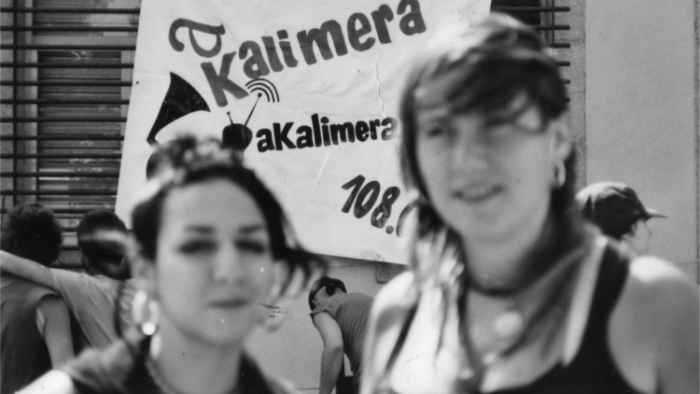
It is true that digital technology connects knowledge across the globe, as noted by Peskin, but it needs people to do this, as demonstrated by the volunteers of Radio Kalimera project. In a relatively small place this initiative has a very large objective, to defend freedom of expression and a free media, thus making “participatory experiences flow" in Santiago de Compostela. It broadcasts over the Internet. Its materials, programmes and sound pieces are free to download, use and share. Kalimera seeks active participation from the community with specific proposals, such as promoting their Goteo campaign by sharing support pics, maximising the use of their blog posts to inform colleagues, or inviting people to film themselves singing the station’s tune “ondinhas venhem…”. Watch the video!
 The rigid structures of traditional journalism, mentioned by Charles Lewis, are definitely torn down by Kaosenlared, a counter-information channel. In just over 15 years, this multidisciplinary, non-profit cultural association, has become a landmark in Spain and Latin America as anticapitalist media with counter-hegemonic information. They are working to ensure their continuity, for at least one more year, as a space where organisations and social movements can unite and strengthen their message.
The rigid structures of traditional journalism, mentioned by Charles Lewis, are definitely torn down by Kaosenlared, a counter-information channel. In just over 15 years, this multidisciplinary, non-profit cultural association, has become a landmark in Spain and Latin America as anticapitalist media with counter-hegemonic information. They are working to ensure their continuity, for at least one more year, as a space where organisations and social movements can unite and strengthen their message.
If public accountability is to be monitored, access to information must be guaranteed, and that's precisely what at least two initiatives currently open in Goteo are aiming at with a view to providing information, not through the so-called journalism of leaks, but through research, collection, analysis and cataloging data, later published under CC licence Attribution - Share Alike (by-sa), which permits commercial use of the work and of any derivative works that other journalists or researchers may produce.
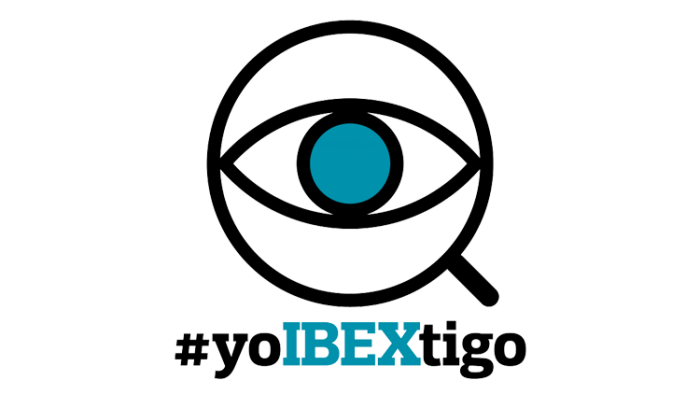 #YoIBEXtigo is a campaign by La Marea, with the aim to publish an open dossier about each of the companies that make up the selective IBEX 35 on the Spanish Stock Exchange (Telefónica, Repsol, BBVA, La Caixa, Iberdrola, Acciona, Endesa, Inditex ...) and the 'lobbies' that back them. This monthly magazine (paper) and daily digital publication will “be consistent” in publishing the dossier because it provides information free from business and political interests since it accepts advertising only from entities (companies, cooperatives, NGOs, political parties ...) which comply with the code of ethics and editorial principles agreed on in assembly.
#YoIBEXtigo is a campaign by La Marea, with the aim to publish an open dossier about each of the companies that make up the selective IBEX 35 on the Spanish Stock Exchange (Telefónica, Repsol, BBVA, La Caixa, Iberdrola, Acciona, Endesa, Inditex ...) and the 'lobbies' that back them. This monthly magazine (paper) and daily digital publication will “be consistent” in publishing the dossier because it provides information free from business and political interests since it accepts advertising only from entities (companies, cooperatives, NGOs, political parties ...) which comply with the code of ethics and editorial principles agreed on in assembly.
Collecting and cataloging data is also central for the Fundación Compromiso y Transparencia (Commitment and Transparency Foundation) which will produce the fifth edition of the report and ranking of transparency in the websites of political parties and their foundations, demanding public online accountability from all parties currently represented in the Spanish parliament.
We can keep wondering what all this has to do with the future of journalism and even whether they are journalistic projects or not. Perhaps this is the least important thing and what is truly important is that they promote “collaboration, collaboration, collaboration” between and among sources and audiences, that they make sure they bring returns for the community, that they share the results of their projects with open licenses, and that they are guided by a transformative spirit.




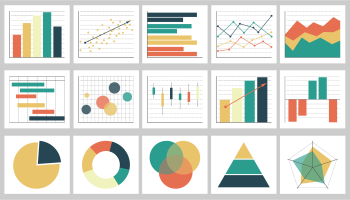
 Javier Carrillo Palacios
Javier Carrillo Palacios 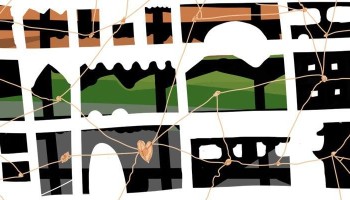
 Olivier
Olivier 
 Joan B. Cabot
Joan B. Cabot